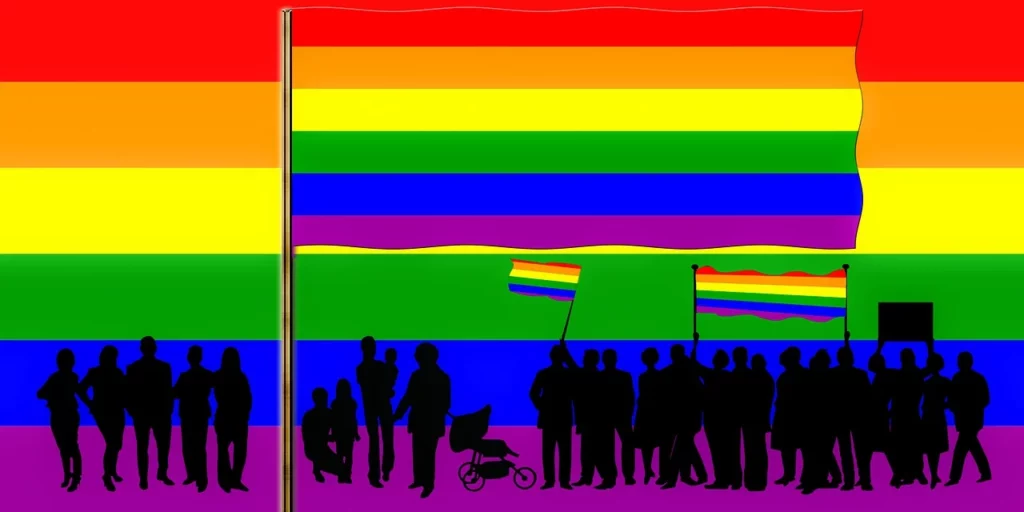In recent years, numerous studies have shown an increase in the number of people identifying with one of more of the letters in the LGBT alphabet soup, including some that show that 20% of those under 30 are members of the LGBT community. But does identification as part of the LGBT community mean that one actually engages in LGBT behavior? One new report gives a resounding “No” to the question.
In the May 2022 report “Born This Way? The rise of LGBT as a Social and Political Identity,” the authors conclude:
“Overall, the data suggest that while there has been an increase in same sex behavior in recent years, sociopolitical factors likely explain most of the rise in LGBT identity.”
The report takes an in-depth look at, among other things, the behavior over a 40-year period (1972-2021) of people under age 30 who identify as part of the LGBT community. Why focus on this group? The report states:
“There has been a large rise in non-heterosexual identification since 2017, especially among younger Americans. The question this raises is whether this dramatic change is primarily about psychological affiliation or whether it involves a concrete change in sexual behavior.”
The authors of the report found that between 1972 and 2021, the number of men under 30 engaging in exclusive heterosexual behavior dropped from 97.5% to 92%; for women the drop over the same period was from 99% to 91.5%. Yet studies show that 20% of people under 30 identify themselves as LGBT. What accounts for the large difference between the number of people identifying as LGBT (20%) and the number of people who actually engage in LGBT behavior (8%)? Mainly very liberal people who find it politically and socially expedient to claim to be part of the LGBT community. The authors state:
“Very liberal ideology is associated with identifying as LGBT among those with heterosexual behavior, especially women. It seems that an underlying psychological disposition is inclining people with heterosexual behavior to identify both as LGBT and very liberal. The most liberal respondents have moved from 10-15% non-heterosexual identification in 2016 to 33% in 2021. Other ideological groups are more stable.”
For example, the authors found that 25% of people under 30 who are liberal identify as LGBT versus 9% of those who are conservative. On college campuses, 33% of liberal students identify as being members of the LGBT community versus just 6% of conservative students. However, the group that identifies the most with being LGBT in the under-30 cohort are those who identify as very liberal. One study cited in the report found that LGBT identification was 34% for people who were very liberal versus 6% who were slightly liberal, 10% who were moderate, and 9% who were conservative. Another study found that LGBT identification was 49% for people who were very liberal but only 25% for those who were slightly liberal, 18% for those who were moderate, and 6% for those who were conservative.
Indeed, it is the very liberal who are driving the recent dramatic increase in people under 30 identifying as LGBT.
Overall, the report concludes:
“Much of the rise in LGBT identification has occurred among those in the most liberal fifth of the political spectrum. While there appears to be some rise in LGBT sexual behavior, at least two-thirds of the increase in LGBT identity is among those whose sexual behavior is heterosexual.”
So there you have it. A report finds that the percentage of people who actually engage in LGBT behavior is significantly less that the percentage who identify as part of the LGBT community. What is the reason for this difference? The dramatic increase in the number of very liberal people who identify as LGBT even though they engage in exclusive heterosexual behavior. As the report states: “The rise in LGBT identity is so heavily concentrated on the political left.” So the next time you hear about the dramatic increase in the percentage of people who identify as LGBT, especially among those under 30, don’t believe the hype.
